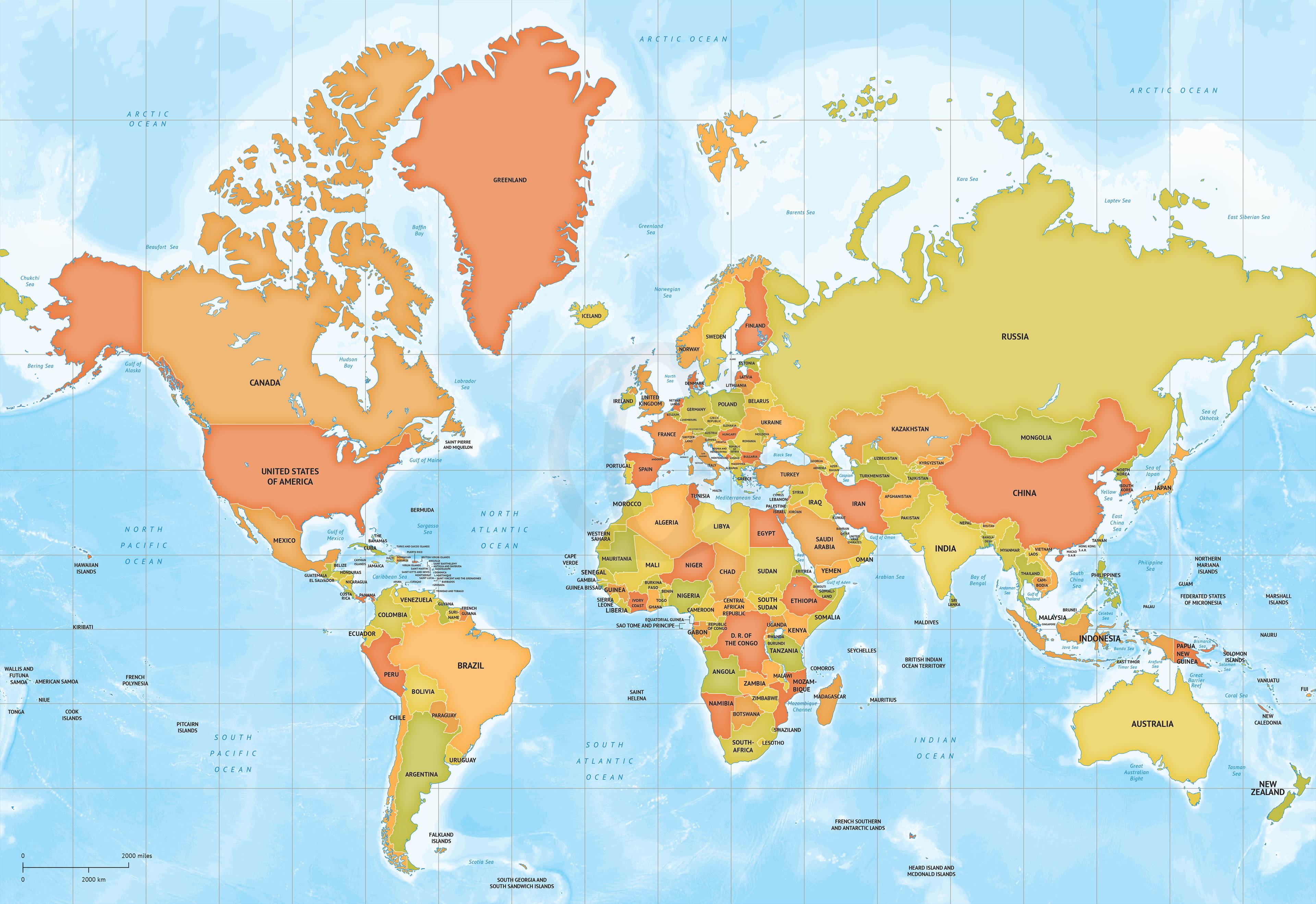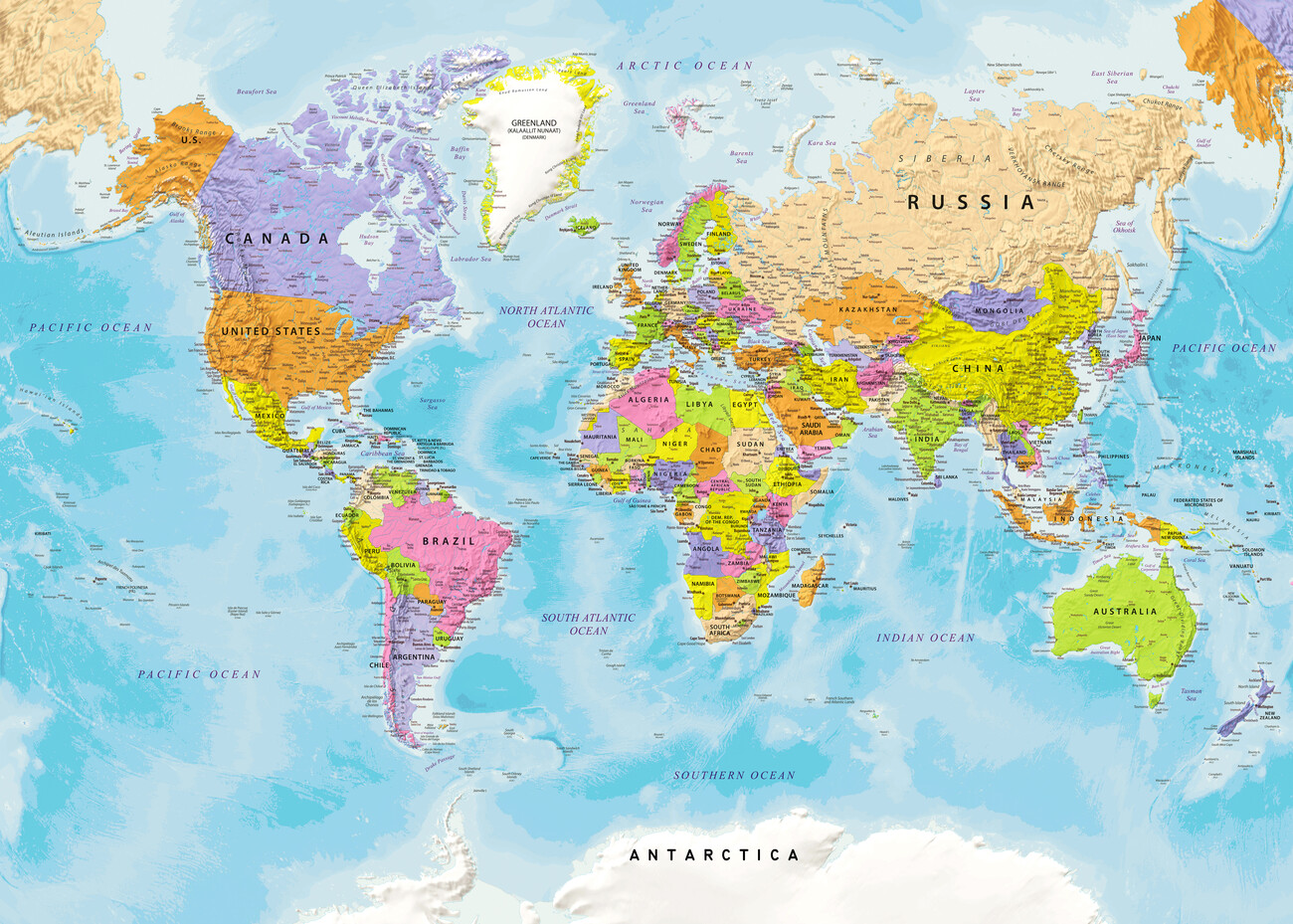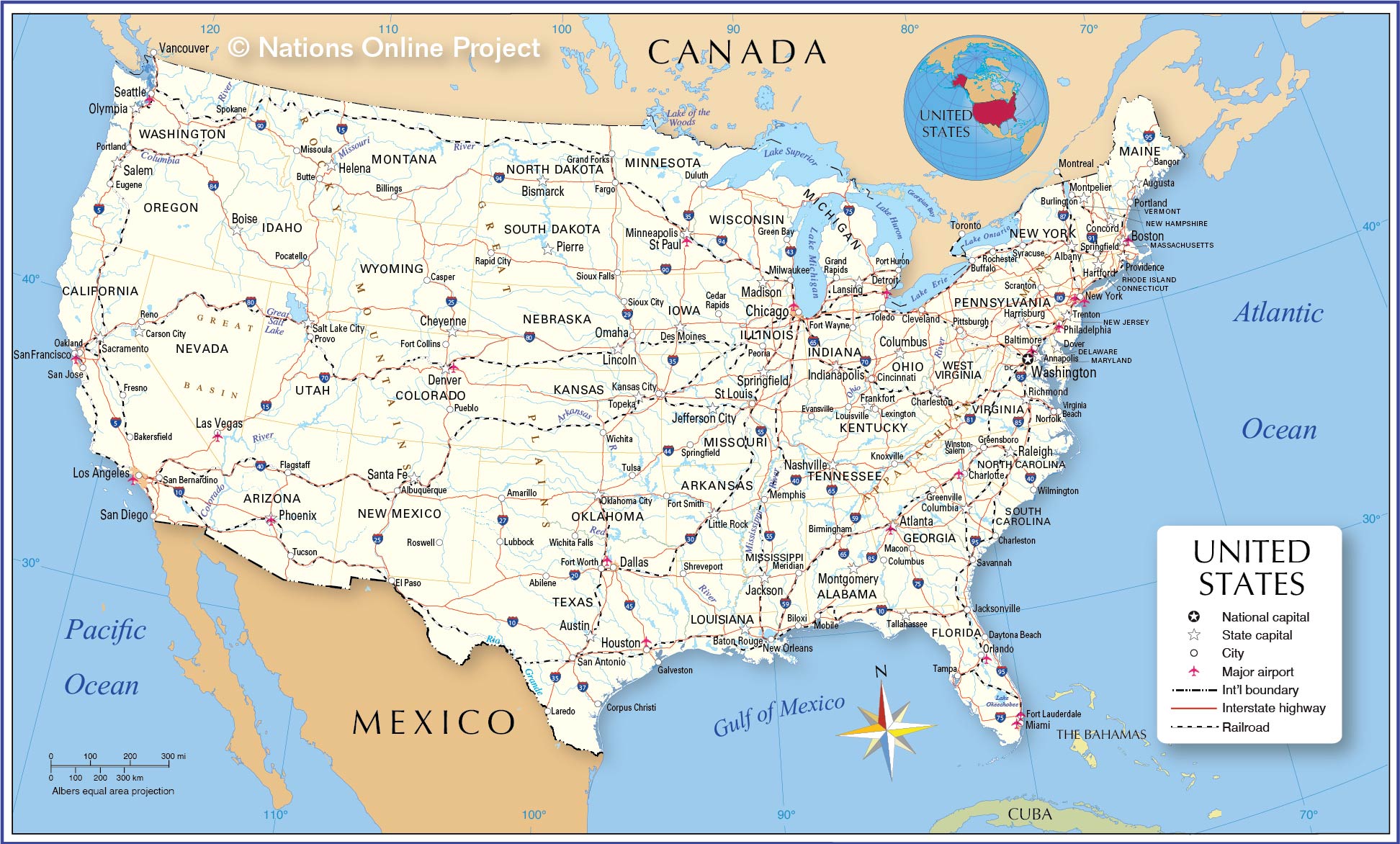Unveiling The Miles: Map Iran And Israel Distance Explained
The intricate tapestry of the Middle East is defined not just by its rich history and diverse cultures, but also by the geographical proximity and strategic distances between its nations. When we delve into the complexities of regional dynamics, understanding the physical "map Iran and Israel distance" becomes a crucial starting point, offering a foundational perspective on their interactions and geopolitical significance.
This article aims to meticulously explore the geographical separation between Iran and Israel, providing precise measurements for air and road travel, alongside an analysis of what these distances imply. We will navigate through the raw data, considering the strategic implications, historical context, and the modern methods used to calculate these vital measurements, offering a comprehensive overview for anyone seeking to grasp the fundamental geography that underpins the relationship between these two prominent Middle Eastern states.
Table of Contents
- Geographic Overview: Setting the Stage for Distance
- The Straight Line: Air Travel Distance Between Iran and Israel
- Navigating the Terrestrial: Road and Other Travel Distances
- Precise Coordinates: Pinpointing Iran and Israel
- Interactive Mapping and Distance Calculators
- Historical Context and Geopolitical Significance of Distance
- Implications of Distance in Modern Conflict
- Understanding User Intent: Why "Map Iran and Israel Distance" Matters
Geographic Overview: Setting the Stage for Distance
To truly grasp the concept of "map Iran and Israel distance," it is imperative to first understand the fundamental geographic positions of these two nations within the broader Middle East. Iran, a vast country, is strategically located in Western Asia. Its extensive borders touch countries like Iraq, Turkey, Armenia, and Azerbaijan to the west, extending eastward towards Afghanistan and Pakistan, and southward to the Persian Gulf and the Gulf of Oman. This positioning grants Iran significant regional influence and access to vital waterways.
- How Tall Is Jake Gyllenhaal
- Josh Hartnett Workout
- Ali Krieger Jersey
- Post Shipment Inspection
- Duckduckgo Or Ecosia
In stark contrast, Israel is situated on the eastern shore of the Mediterranean Sea, a much smaller nation bordered by Lebanon to the north, Syria to the northeast, Jordan to the east, and Egypt to the southwest. This coastal location provides Israel with direct access to the Mediterranean, a crucial link to Europe and the global economy. A striking geographical fact that immediately stands out when comparing the two is their sheer scale: Iran is much, much bigger than Israel, approximately 75 times larger. This vast difference in landmass is a fundamental aspect of the "map Iran and Israel distance" equation, influencing everything from resource distribution to strategic depth. Understanding these distinct geographical footprints is the first step in appreciating the complexities of their separation and interaction.
The Straight Line: Air Travel Distance Between Iran and Israel
When considering the most direct measure of separation, the air travel distance, often referred to as the "bird fly" distance, provides the shortest possible measurement between two points on the Earth's surface. This calculation disregards any geographical obstacles, political borders, or specific flight paths, offering a raw, unadulterated figure of how far apart Iran and Israel truly are in a straight line.
The "Bird Fly" Measurement
The air travel (bird fly) shortest distance between Israel and Iran is precisely 1,789 kilometers, which translates to approximately 1,112 miles. This figure represents the absolute minimum distance that any airborne object, such as a missile or an aircraft, would need to cover to travel directly from one nation's territory to the other. For military strategists and defense analysts, this "map Iran and Israel distance" is critically important. It informs calculations regarding missile ranges, aerial refueling requirements, and the feasibility of direct aerial operations, providing a foundational understanding of the strategic reach of both nations.
- John Michael Higgins
- Where Is Kristina Khorram
- Callmesherni Facebook
- Joyce My 600 Lb Life Now
- Xxxxxx Is Equal
Flight Duration and Speed
Beyond the static distance, the time it takes to traverse this gap is equally significant. If one were to travel with an airplane, assuming an average speed of 560 miles per hour (which is a common cruising speed for commercial jets), the flight from Israel to Iran would take approximately 1.99 hours to arrive. Conversely, flying from Iran to Israel would also take the same duration. This relatively short flight time underscores the reality of modern aerial capabilities, where what might seem like a considerable "map Iran and Israel distance" can be covered in under two hours. This rapid transit capability has profound implications for regional security, enabling swift responses or incursions, and highlighting the diminishing role of geographical barriers in an age of advanced aviation and missile technology.
Navigating the Terrestrial: Road and Other Travel Distances
While air travel offers the most direct route, understanding the "map Iran and Israel distance" also requires examining terrestrial travel, which presents a much more complex and lengthier journey due to geopolitical realities and natural barriers. Unlike the straight-line air path, ground travel must contend with intervening countries, mountainous terrain, and, most significantly, closed borders and diplomatic estrangement.
Road Distance: A Longer Journey
The road distance from Israel to Iran is a staggering 3,716 kilometers. This figure is more than double the air travel distance, vividly illustrating the geographical and political obstacles that lie between the two nations. A direct road journey would necessitate traversing multiple countries, such as Jordan, Syria, and Iraq, each with its own complex border controls and security considerations. Given the current geopolitical climate, direct road travel between Israel and Iran is practically impossible for civilians or commercial purposes. The extended "map Iran and Israel distance" by road highlights the profound isolation imposed by political tensions, making overland travel a theoretical exercise rather than a practical option.
Exploring Other Travel Options
Beyond road travel, one might theoretically consider other ground-based transportation methods such as bus, subway, tram, train, and rail. However, much like road travel, these options are currently not viable for travel between Iran and Israel. The absence of direct diplomatic relations, coupled with the lack of interconnected infrastructure that crosses hostile borders, means that these modes of transport remain purely hypothetical for this specific route. The "map Iran and Israel distance" calculations for these methods would likely be even longer and more convoluted than direct road travel, underscoring the deep chasm that exists in practical connectivity between the two states. This emphasizes that while geographical proximity exists, political realities create immense barriers to physical interaction.
Precise Coordinates: Pinpointing Iran and Israel
To achieve the utmost accuracy in calculating the "map Iran and Israel distance," it's helpful to consider specific geographical coordinates. While entire countries span vast areas, pinpointing central or capital cities provides a tangible reference point for distance measurements. For the purpose of precise calculation, let's consider representative urban centers within each nation.
For Iran, a common reference point, likely representing its capital city Tehran, is located at the longitude of 51.417655 and latitude of 35.657655. This central location within Iran provides a good benchmark for its overall position. For Israel, a representative point, likely Jerusalem, is situated at the longitude of 35.207655 and latitude of 31.767655. These precise coordinates allow for highly accurate distance computations, moving beyond generalized country-to-country measurements.
Based on these specific coordinates, the total distance between the identified point in Iran and the identified point in Israel is calculated to be 1,558 kilometers and 593.2 meters. In imperial units, this translates to approximately 968.5 miles. This measurement, while slightly different from the "bird fly" distance (which is an absolute shortest point-to-point between any part of the two countries), offers a highly specific and verifiable "map Iran and Israel distance" between their major urban centers. It demonstrates the utility of modern mapping and GPS technology in providing granular details for geographical analysis, allowing for an incredibly precise understanding of the separation between these two pivotal Middle Eastern nations.
Interactive Mapping and Distance Calculators
In the digital age, understanding the "map Iran and Israel distance" is no longer confined to static atlases. Modern interactive mapping tools and online distance calculators have revolutionized how we visualize and compute geographical separation. These platforms offer dynamic insights, allowing users to not only see the distance in kilometers and miles but also to visualize the theoretical route on an interactive map, providing a much richer understanding than mere numbers.
Worldwide distance calculators are readily available, providing comprehensive data including air line distances, detailed route planners, travel duration estimates, and flight distances between virtually any two points on the globe. For someone wanting to know the distances for their Google road map, or simply to view a map with the mileage distance between Israel and Iran to plan a theoretical trip, these tools are invaluable. They allow users to simply enter their start and end locations in a calculator control and then select the "show map" option, instantly generating a visual representation of the distance and potential routes. This functionality makes it incredibly easy to see the distance from Iran to Israel, or vice versa, at a glance.
These interactive maps can show the distance in kilometers between Tehran and Israel, for example, and display the route, even if it's a theoretical one that traverses multiple countries. While direct travel between Iran and Israel is currently not feasible due to political circumstances, the ability to visualize the "map Iran and Israel distance" through these tools is crucial for academic study, geopolitical analysis, and simply satisfying general curiosity about global geography. They empower individuals to explore the world's distances with unprecedented ease and detail, making complex geographical relationships accessible to a broader audience.
Historical Context and Geopolitical Significance of Distance
The "map Iran and Israel distance" is not merely a geographical measurement; it is imbued with profound historical and geopolitical significance that has shaped the modern Middle East. The 20th century witnessed a significant redrawing of the regional map, with the formation of several new nations. This era saw the emergence of states such as Saudi Arabia, Jordan, Lebanon, Syria, and, notably, Iran (which had been previously known as Persia) and Israel. The establishment of these distinct national entities, each with its own borders and aspirations, fundamentally altered the regional power dynamics and interactions.
Initially, the relationship between Iran and Israel was not one of overt hostility. In fact, during certain periods, there were even cooperative ties. However, the political landscape shifted dramatically, particularly after the Iranian Revolution in 1979. Since then, the two nations have become ideological adversaries, leading to a prolonged period of indirect conflict and heightened tensions. In this context, the "map Iran and Israel distance" takes on a critical strategic dimension. While geographically separated by hundreds of miles and several intervening countries, this distance has not prevented a complex and often volatile relationship.
For instance, Israel has launched a series of strikes against Iran, often targeting the country’s nuclear program and other military infrastructure, demonstrating its capacity to project power across this distance. In response, Iran has launched its own strikes, including missile retaliations against Israel, which have reportedly killed people, underscoring the reach of its own military capabilities. These actions illustrate that while the physical "map Iran and Israel distance" is substantial, it is not an insurmountable barrier to military engagement. Instead, it defines the parameters and challenges of such engagements, influencing the types of weapons used, the logistical planning required, and the strategic calculus of both sides. The distance, therefore, becomes a factor in, rather than a deterrent to, the ongoing geopolitical rivalry.
Implications of Distance in Modern Conflict
The "map Iran and Israel distance," while significant, has been increasingly bridged by advancements in military technology, particularly in missile and drone capabilities. This technological leap has fundamentally altered the strategic implications of geographical separation, transforming how both nations perceive threats and plan defenses. The historical record shows that this distance has not prevented direct military exchanges, albeit often through proxies or long-range strikes.
News reports frequently highlight instances where this distance is overcome. For example, reports detailing "where Iran and Israel’s missiles have struck as Tehran hits major hospital tensions escalate after Israel launches largest bombardment on Iran in decades early on Friday" vividly illustrate that despite the 1,789 km air distance, both countries possess the means to strike targets deep within each other's territories. This capability means that geographical separation, while still a factor in logistics and response times, no longer offers the same level of inherent security it once did. The "map Iran and Israel distance" now primarily dictates the type of weaponry required for direct engagement, favoring long-range ballistic missiles, cruise missiles, and advanced aerial platforms over conventional ground forces.
Moreover, the distance influences the nature of the conflict, often pushing it into the realm of cyber warfare, proxy conflicts, and intelligence operations, which are less constrained by physical geography. However, when direct military action is considered, the range and precision of armaments become paramount. The ability to launch strikes from afar, minimizing direct exposure, changes the calculus of engagement. Therefore, while the "map Iran and Israel distance" remains a critical geographical fact, its implications in modern conflict are increasingly defined by the technological prowess that allows nations to project power across vast expanses, making the Middle East a region where geographical separation is constantly being challenged by military innovation.
Understanding User Intent: Why "Map Iran and Israel Distance" Matters
When individuals search for "map Iran and Israel distance," their intent often extends far beyond a simple curiosity about travel time or mileage. This query typically reflects a deeper interest in understanding the complex geopolitical landscape of the Middle East, particularly the strategic relationship between these two powerful regional actors. The distance itself is a fundamental piece of data that underpins a multitude of analyses, from military strategy to diplomatic considerations and economic implications.
For defense analysts, knowing the precise "map Iran and Israel distance" is crucial for assessing missile ranges, flight times for aerial operations, and the logistical challenges of projecting power. It helps them evaluate the capabilities and vulnerabilities of both sides. For those interested in international relations, the distance provides context for understanding why direct conventional warfare is less likely than long-range strikes or proxy conflicts. It explains the strategic importance of air superiority and missile defense systems.
Furthermore, the query often stems from a desire to comprehend the scale of regional tensions. When news reports speak of strikes and counter-strikes, understanding the geographical separation helps put these events into perspective. It highlights that despite the distance, the conflict is real and impactful. The "map Iran and Israel distance" is not just a number; it's a foundational element in comprehending the strategic depth, the reach of military capabilities, and the enduring geopolitical challenges that define the relationship between Iran and Israel. It's a key piece of information for anyone seeking to gain a comprehensive and informed perspective on one of the world's most critical geopolitical flashpoints.
Conclusion
The "map Iran and Israel distance" is a multifaceted geographical reality with profound geopolitical implications. We have explored that the shortest air travel (bird fly) distance between these two nations stands at approximately 1,789 kilometers or 1,112 miles, a journey that an average airplane could complete in just under two hours. In contrast, the road distance stretches to a formidable 3,716 kilometers, highlighting the significant terrestrial barriers and political realities that preclude direct overland travel. Furthermore, precise coordinate-based calculations between major cities, such as Tehran and Jerusalem, indicate a distance of around 1,558 kilometers or 968.5 miles, offering a highly specific measurement of their separation.
This geographical separation, while considerable, has not insulated the two nations from a complex and often tense relationship. Modern military technologies, particularly in missile and aerial capabilities, have effectively diminished the protective buffer once offered by sheer distance, enabling both sides to project power across the region. Understanding the "map Iran and Israel distance" is therefore essential for comprehending the strategic calculus, the nature of potential conflicts, and the broader geopolitical dynamics that continue to shape the Middle East. It is a fundamental piece of information that underscores the intricate balance of power and the constant evolution of strategic considerations in this critical part of the world.

World Map Wallpapers, Pictures, Images

Cartina Political world map ǀ Cartine di città e mappe del mondo sul

Map Of Usa States With Cities - When Is The First Day Of Spring 2024